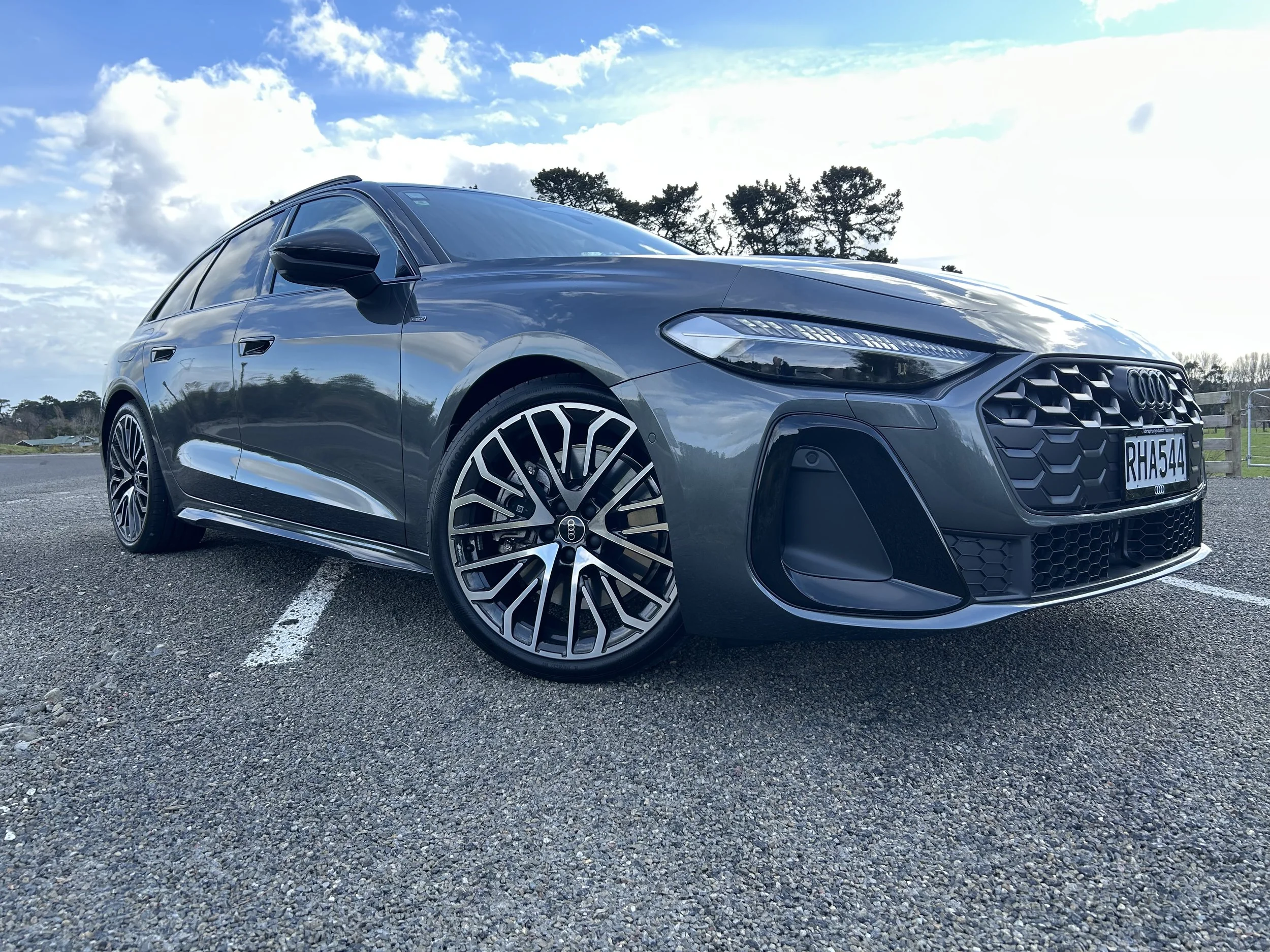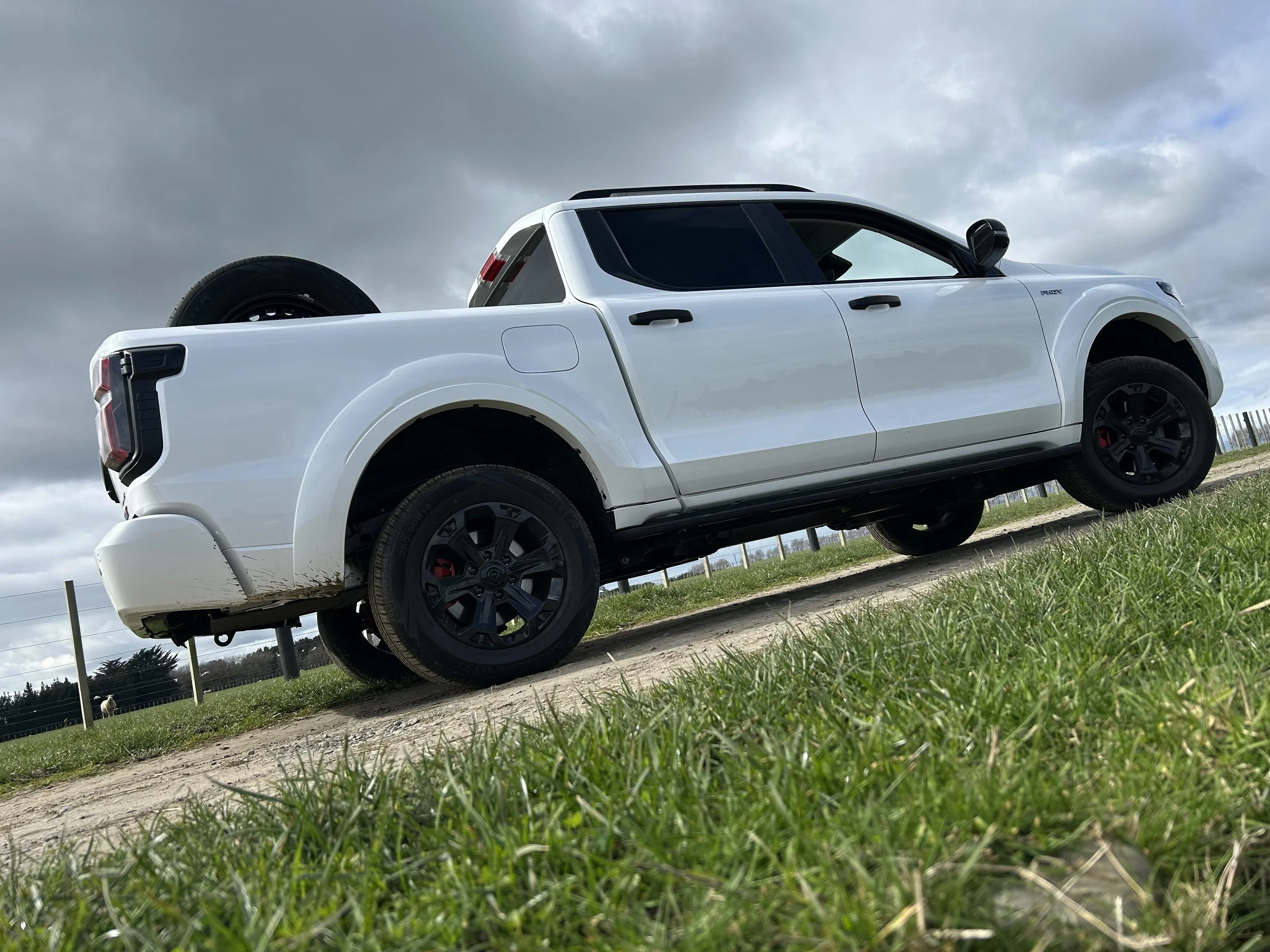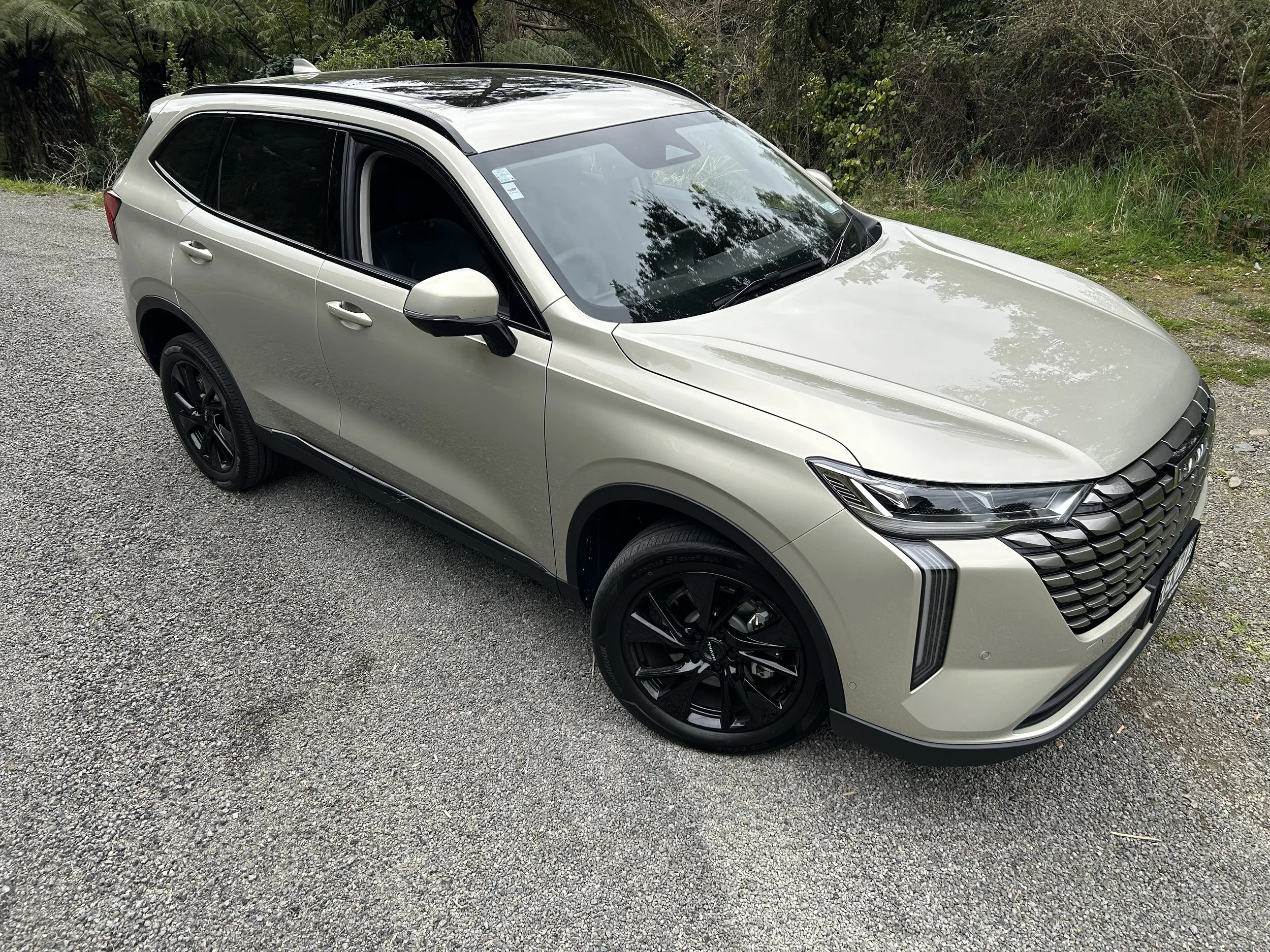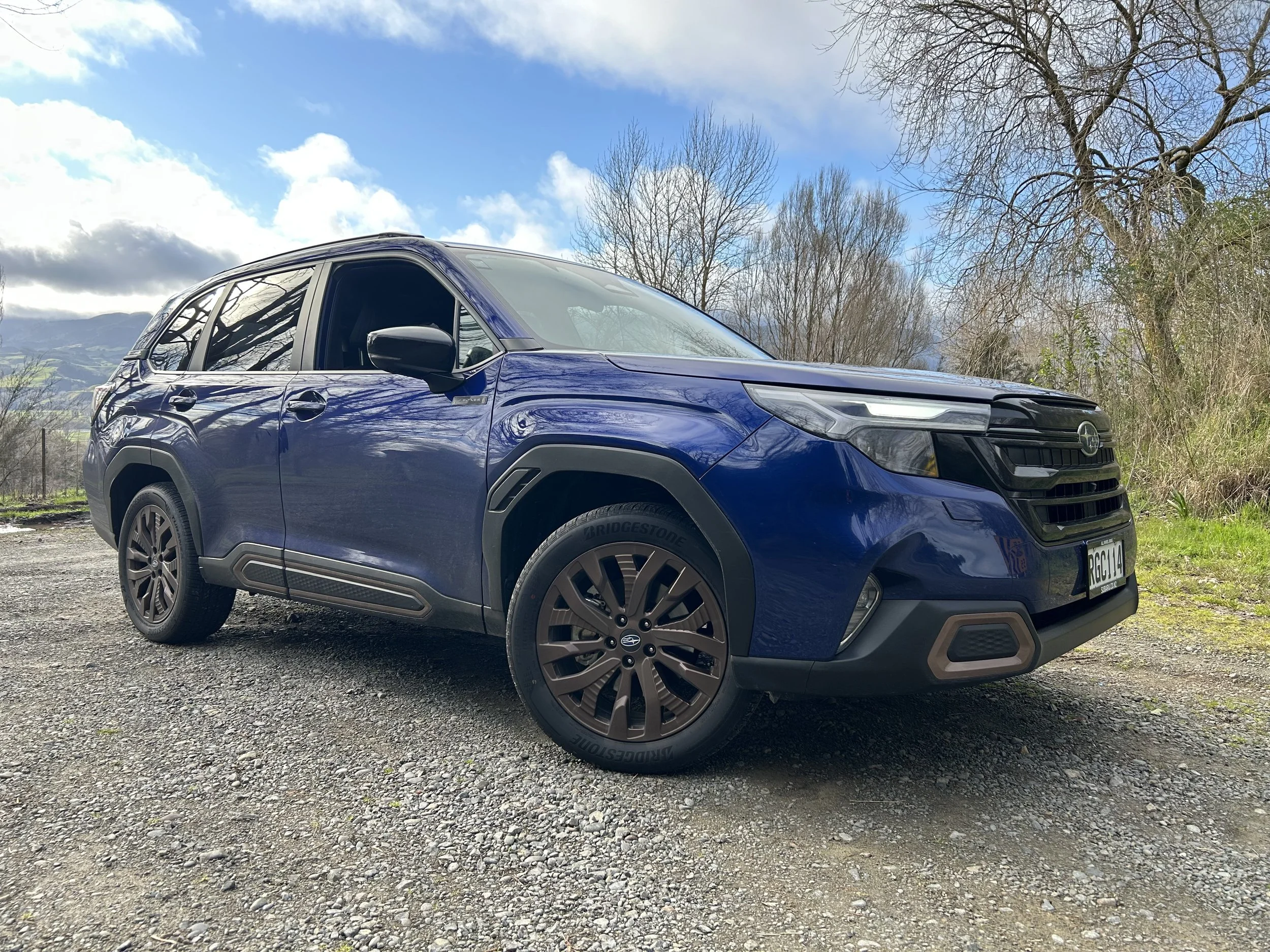Skoda EV push about electric value
/Hybrid in 2019 then wholly electric product after that – Skoda NZ outlines its ideas for meeting growing national interest in battery-driven cars.
EXPECT Skoda here to work at keeping pace with an emergent local electric product push already outlined by sister brands Audi, Volkswagen and Porsche.
Skoda NZ boss Greg Leet cannot put a firm date to when his operation will present a full electric vehicle – most probably in sports utility format, though a crossover coupe is another potential – here, but there’s potential it could be just a few years away.
He is keen to plug into the growing national interest in battery-driven product and tap into Volkswagen Group’s post-Dieselgate impetus to sell one million electric cars by 2025.
All Group brands, even the exotics, will participate in that drive, though it is the mainstream and most prominent premium marques – Skoda, VW, SEAT plus Audi and Porsche – that will shoulder much of the load.
All are represented in New Zealand by a common rights’ holder, European Motor Distributors.
Audi, VW and Porsche electrics will progressively come on sale locally over the next three years and Leet assures his own, growing brand does not intend to be left behind.
He is in no doubt that hybrid and wholly electric product will work for Skoda here, having had a good glimpse at what’s coming during a recent visit to Prague.
“Simply clever is one of our core values but we are also driven by inventiveness. What I have seen is incredible.
“We’re talking full electrics with similar performance to cars three or four times the price, with size and functionality that simply isn’t offered in the market today and with a range of anywhere to 500 to 600kms.”
Skoda NZ hopes to start its ohm land invasion in 2019 with plug-in hybrid editions of the large Superb and medium Octavia sedans and wagons, but that’s just stage one.
It is also planning to adopt at least one of the EVs head office says will be in production in 2020.
The brand is suggesting a coupe and a sports utility will spawn from the Vision E pictured today, a crossover design study unveiled at last month’s Shanghai auto show.
“There will be two models; a coupe-styled car and at the same time a SUV.
“We will also see plug-in hybrids … but the real winner is in that fully electric space.
“For us, if we consider the core values of Skoda being functionality, being value it’s appropriate those (EV) products are available to us.”
An EV sports utility might make more sense here than a coupe, he agrees; not least now that Skoda has begun an SUV onslaught with the Kodiaq. That medium seven-seater will be followed by the Karoq compact five-seater next year and a smaller car in 2019.
“Yes, it (an electric SUV) would probably make sense for us in New Zealand but what we see and what we have to remind our factory about is that SUV (demand) in our part of the world is very different to what it is in Europe.
“SUV is more than half of the (new car) market here but in Europe it’s 22-23 percent, so for them a coupe makes perfect sense. A coupe for us would be awesome, too, because it would be a hero car for the range.”
Leet suggests the EV strategy not be a simple matter of plug and play for Skoda NZ.
While confident that a national support infrastructure - most crucially, a good quality fast recharging network – will be in operation by then, the brand also has to gauge customer demand and, most crucially also has the get the product placement and price right.
“Skoda is not a brand that, like some of our sister brands, can flagship technology at a massive premium price.
“Skoda will introduce our models when the pricing isn’t premium to what we see today for this technology and (when) we can offer a range that fits a Kiwi lifestyle with the functionality that we have in our cars.
“There will be no sacrifice for technology and no massive premium.”
Brimming with self-driving and electric drivetrain technologies, the Vision E has raised considerable interest with its claimed range of up to 500km on a single charge and ability to deliver autonomous driving to the so-called Level 3 standard. This means drivers will be able take their hands off the steering wheel in highway traffic congestion.
Skoda is suggesting the production models will continue with the concept’s twin electric motor drivetrain that lends all-wheel-drive capability and a power output of 225kW.
At 4645mm long, 1917mm wide and 1550mm tall, the concept is of similar size to the Kodiaq, though not quite as tall.
The long wheelbase of its electric-car platform gives the concept car "extremely generous" interior space, Skoda said.
The Vision E continues the naming policy used by Skoda for concepts that preview the brand’s latest design language. The Vision S previewed the Kodiaq.
Skoda chose to unveil the concept in China because EV sales are growing fast in the world's biggest market. China is also Skoda's biggest single market, accounting for 370,000 of the 1.1 million cars it sold last year.
Skoda ultimately wants to launch five full-electric cars by 2025, using VW’s modular MEB architecture for electric vehicles.
That platform is also being used by the three impending Audi electrics – next year’s Q6 and the smaller Q4 e-tron set for 2020 - and, in modified form, by Porsche’s Telsa-tackling Mission E.
Porsche also has an EV version of the medium Macan SUV in development but more imminent is a plug-in hybrid edition of the Panamera.
VW New Zealand, meantime, is setting to sell an updated version of its battery-reliant Golf-E, with more range than the examples it has brought in for demonstration (and this week ran in airport-based promo drives), and will step up further in 2020 with the ID hatch, a bespoke EV.

















